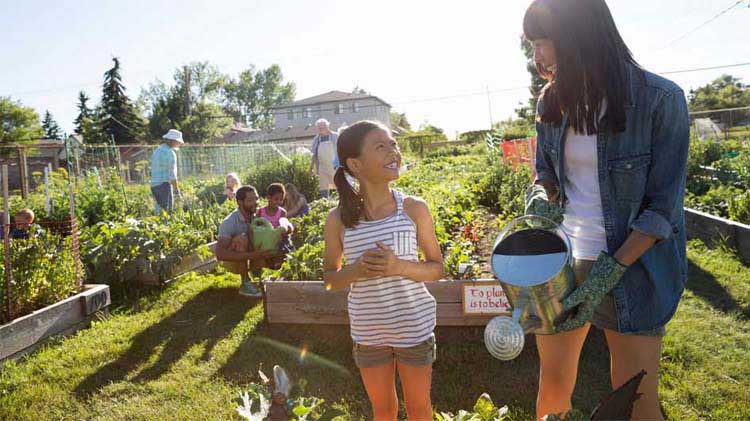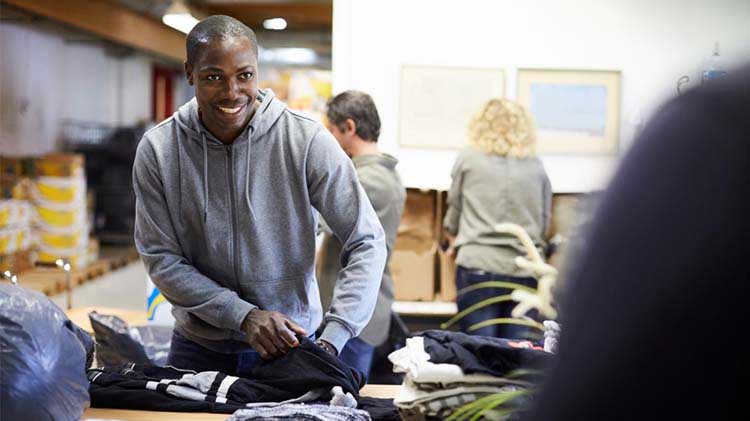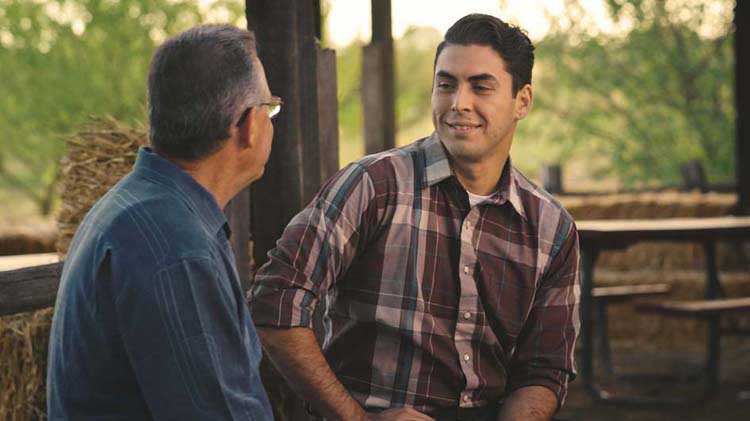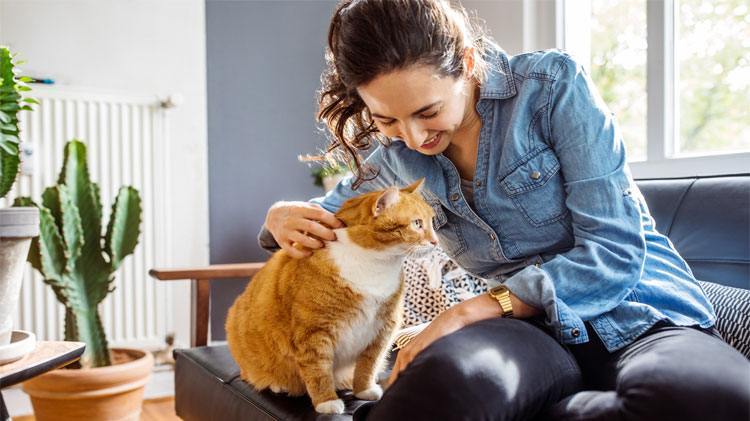Community and urban gardening
Community and urban gardens are an excellent place for growing fresh food. Learn how to secure your garden plot and how to make the most of your space.
The community and urban garden trend is growing with homeowners and renters alike. Creating urban and community gardens can be an enriching experience. Many people enjoy the experience of creating a garden, maintaining it, watching things grow and sharing what is grown.
Along with growing fresh fruits, flowers and vegetables, the gardens may help with beautifying vacant lots, strengthening social connections, instilling a sense of community pride and encouraging upkeep of homes and apartments.
Benefits of urban and community gardens
Community and urban vegetable and flower gardens offer physical and mental health benefits. Regardless of the size or location, they provide several opportunities including:
- Enhancing spaces and the neighborhood
- Eating healthy fresh fruits and vegetables
- Engaging in physical activity
- Beautifying vacant lots
- Revitalizing communities in industrial areas
- Reviving and beautifying areas like public parks and rooftops
- Providing fresh flowers for decorating your home and apartment
- Improving social well-being through strengthening social connections
What is urban gardening?
If you've seen a shared urban gardening space in your neighborhood or heard others discuss their experiences, you may wonder what it's about. Urban gardening has been around for many years and is often confused with community gardening.
Urban gardening is an umbrella term and sometimes referred to as urban agriculture or urban farming. It is the process of growing plants of all types and varieties in an urban or densely populated environment.
Urban gardening uses various techniques and approaches raising plants and food in densely populated urban areas. Some urban gardens are done individually or with a group of people in the same vicinity, building or complex.
Urban garden ideas
There are various areas and different ways to grow a garden. Here are a few things to consider.
Location
Select locations and plant selections that fit the space that you choose. Figuring out where to locate your garden or plants is the first thing that needs to be done. Make sure to plant items in areas that typically get several hours of sunlight every day, as it allows them to mature quickly.
Balconies and rooftops
Evaluate and measure your space on balconies and rooftops. There are challenges with these locations such as high winds, intense sun and lack of water access in some instances. Containers should be secured and the area must have easy water transport or access.
Containers
There are many varieties and sizes of containers and it generally depends on what plants you want to grow. Choose containers that meet your aesthetic taste and will enhance the space. Make sure your selections are durable as well.
There are various container types and materials such as terra cotta, wood and plastic. There are pros and cons to each.
- Terra cotta containers — These are an inexpensive and effective type of container, but they are also brittle and lose water faster than other materials.
- Wood containers or raised beds — These are easy to find and make, but they generally do rot and fade over time. Some containers made of wood are pre-made using untreated wood. Many raised flower or plant beds are made of redwood or cedar lumber, as they typically last longer.
- Plastic containers — These are inexpensive and durable but definitely need drainage, and eventually become brittle when exposed to sun or weather.
Vertical gardening
Space is usually an issue in an urban area. Every inch of space counts and strategically using space for gardening is important. One of the easiest ways to make more use of vertical space is to use hanging baskets. You can also incorporate trailing edibles like strawberries, or grow vining plants downwards like peas, tomatoes and more. Make sure hanging baskets can support the weight of a fully loaded plant.
Indoors
Growing indoor plants is perfect for those that are strapped for space and have no favorable outdoor location to utilize. Popular items to grow indoors include:
- Herbs — These grow great in sunny windowsills or in rectangular planters.
- Micro-greens — These are nutrient-rich miniature vegetables and grow well in propagation pots or trays.
- Sprouts — These grow best in indirect light, such as a shady corner of your kitchen. And you can eat them in a day or two after the seeds germinate.
You can research other food-bearing and flowering plants that grow well indoors.
What is community gardening?
A community garden is a single piece of property or land gardened collectively by a group of people or families. Garden plots can be raised beds or in-ground. Different families or individuals can maintain each bed. A variety of plants, flowers, fruits and vegetables are typically grown in community gardens.
When you find a potential space or location you would like to garden, reach out to the organizer, land owner or coordinator. If no space is available, ask how you can lend a hand, such as maintain a plot while a family is on vacation or pitch in on volunteer tasks such as fall cleanup. Inquire about where excess produce is sold or donated. Typically, you will be able to share or shop the garden's bounty.
Things to consider when community gardening
When you become an official community gardener, there are some things to keep in mind:
- Maintain your plot and plants. Keep your plot planted, weeded, watered and in good shape all season long. If you need to abandon the project, notify the garden organizer as soon as possible.
- Contain litter and weeds. Contribute to the shared maintenance by keeping your space and the adjacent pathways and any common spaces free of weeds and litter.
- Plant short plants. Refrain from planting tall crops that may shade adjacent plots. Stick with hardy, easy-grow plants that require little hands-on maintenance. Life gets busy, and when your garden isn't right outside your door, daily visits can be difficult.
- Harvest only your own crops. Do not take other gardener's plants.
- Avoid using toxins. Do not use fertilizers, insecticides, chemicals and any substances that potentially could harm other plots or that other gardeners might not welcome.
Often, the garden community shares the basics such as:
- Tools and equipment
- Water
- Upkeep of common areas, including pathways and gathering spaces
- Fencing
- Composting
There may be ground rules such as conditions for membership, organic gardening practices, minimum maintenance, cooperative work and time limits for planting and harvesting.




